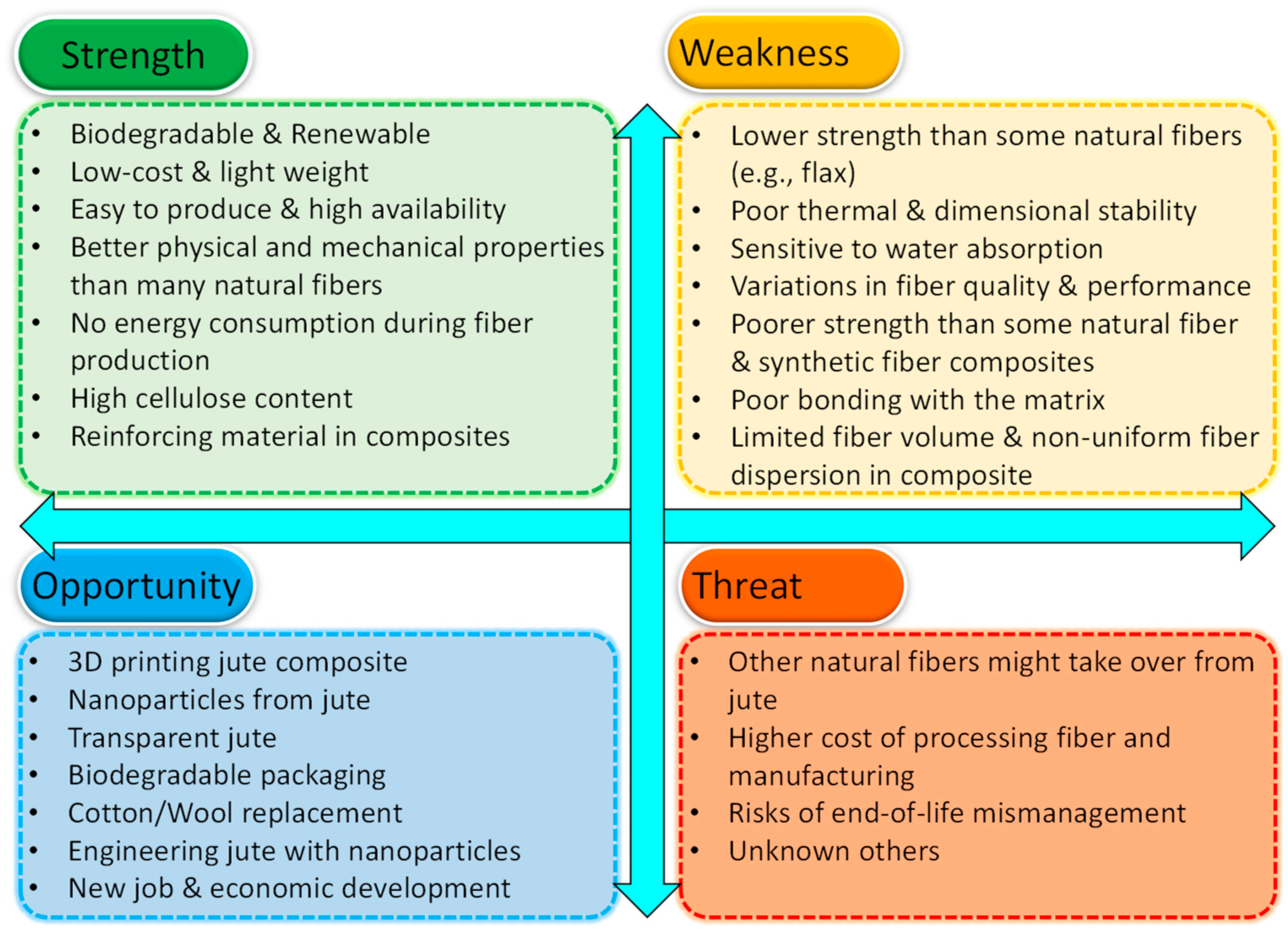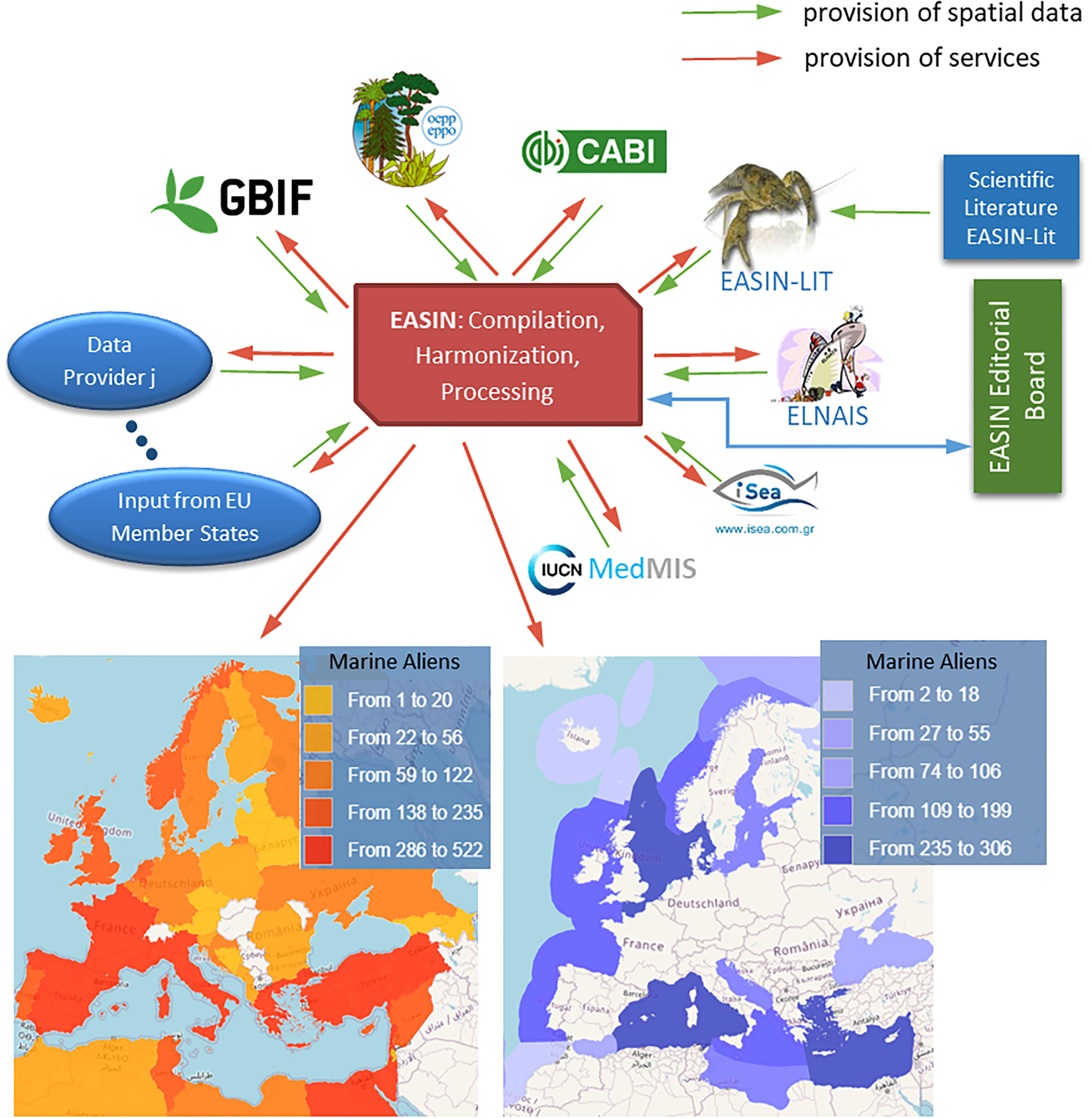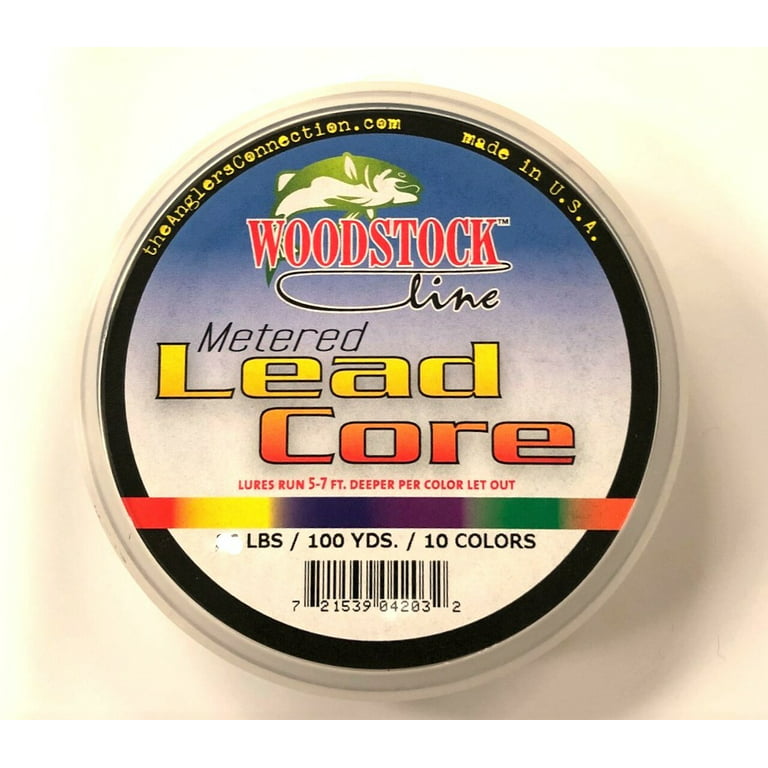Perspective Chapter: Nutraceutical Diversity of Eco-Friendly Jute

The animal meats contain harmful fat and cholesterol contents but plants are the important sources of secondary metabolites that play important role against diseases, and showed less side effects. Jute, Kenaf and Mesta are self-pollinated annual herbaceous plants used to produce fibre contents. These plants are also used for nutritional purposes. Jute leaves contain vitamins, minerals, energies, macromolecules, phytochemicals, micronutrients, amino acids, anti-oxidants essential to promote human health. Only two species of jute (C. capsularis and C. olitorius) are commercially cultivated for fibre content. Olitorius leaves are sweet but capsularis leaves are bitter in taste. The young twigs and leaves of olitroius jute are used as delicious vegetable, and some capsularis cultivars released in Bangladesh can be used as leafy vegetables at young stage. C. olitorius is known as Molokhia and used as green leafy vegetable (GLV) in African and Eastern countries as a viscous soup. Hibiscus (Kenaf and Mesta) plants have antioxidants, anticancer, antibacterial and anti-cholesterol qualities. These plants produce multi-coloured lovely flowers used to grace our environment. Kenaf (H. Cannabinus) seeds contain essential amino acids and used as feed meals for the birds in different countries. Mesta or Roselle (H. sabdariffa) leaves and calyces have both vegetable and medicinal values.

PDF) Genetic diversity in jute (Corchorus spp) and its utilization

Polymers, Free Full-Text

Textbook of Pharmacognosy and Phytochemistry by Jack Kords (Ebook) - Read free for 30 days

Population Genetics

Calaméo - Canadian Merchandiser Dec2020

Frontiers Marine invasive alien species in Europe: 9 years after the IAS Regulation

Diversification of Jute Products an Eco-friendly Alternative of Plastic with Dynamic Properties - Textile Trainer

Perspective Chapter: Nutraceutical Diversity of Eco-Friendly Jute and Allied Fibre (JAF) Crops in Bangladesh

Perspective Chapter: Nutraceutical Diversity of Eco-Friendly Jute

Perspective Chapter: Nutraceutical Diversity of Eco-Friendly Jute and Allied Fibre (JAF) Crops in Bangladesh

Genetic analyses of morphological traits, and phenotypic screening

Sustanable Diets and Biodiversity - DIRECTIONS AND SOLUTIONS FOR POLICY, RESEARCH AND ACTION by José Luís Monteiro - Issuu

Frontiers Marine invasive alien species in Europe: 9 years after the IAS Regulation
:max_bytes(150000):strip_icc()/brazil---jute-factory-542644052-82c504d4c5ac49919cc328146298cbb0.jpg)





